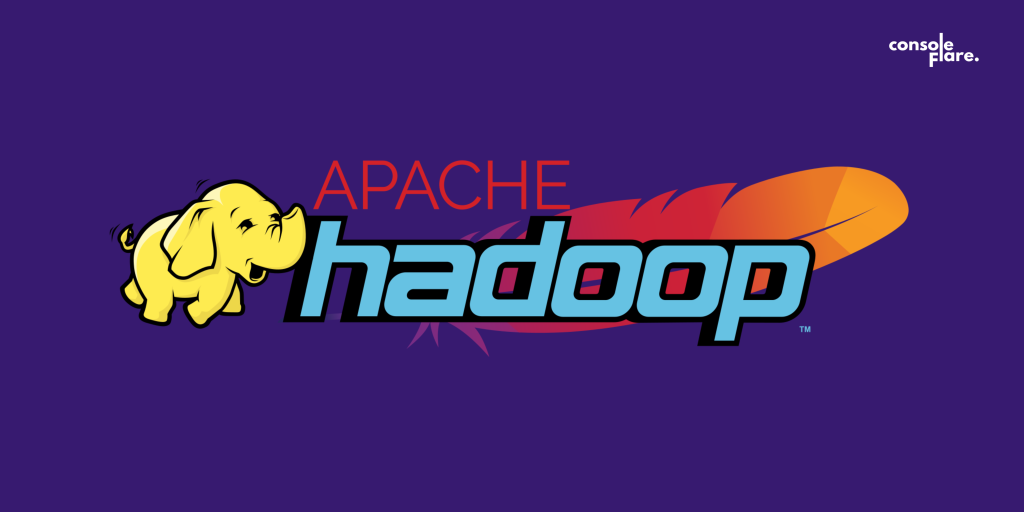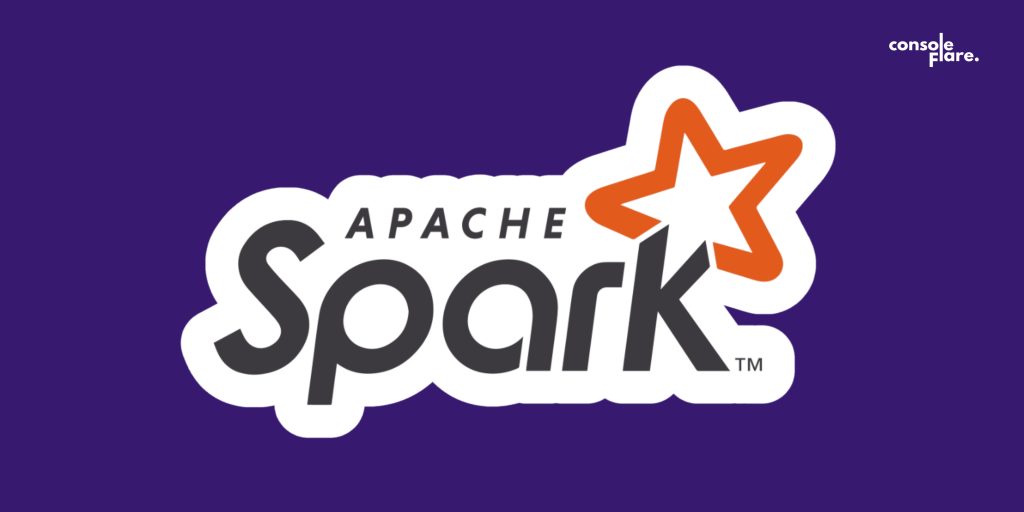Big Data: Introduction
In today’s world, the term “Big Data” is everywhere. Big data is driving decisions and shaping the future from business to healthcare, from government to entertainment. But what exactly is big data?
Big data refers to vast volumes of data—so large and complex that traditional data processing software simply cannot handle it. But it’s not just the size that matters; it’s also the speed at which this data is generated, the variety of formats it comes in, and the potential it holds when properly analyzed. Imagine millions of people posting on social media every second, sensors in smart devices collecting data continuously, or financial markets generating massive streams of transactional data. All this contributes to what we now call big data.
But this concept of big data wasn’t always around. The journey of big data began with one of the tech industry’s giants—Google. This story is not just about data; It’s about how a challenge that seems impossible to overcome, led to the creation of some of the most important technologies we use today. And it’s a story that opens doors to incredible opportunities in the field of data science.
The First Big Data Problem: Google’s Growing Pains
Let’s go back to the late 1990s. The internet was exploding in size, and Google, then a new search engine, was at the forefront of this digital revolution. Google’s mission was simple yet daunting: to organize the world’s information and make it universally accessible and useful. However, as more websites emerged and more people used the internet, the volume of data Google had to manage grew exponentially.
Google soon realized it had a massive problem on its hands—how to efficiently collect, organize, and retrieve information from an ever-growing web. The traditional databases and file systems of the time were not equipped to handle this scale. For Google, this wasn’t just a technical challenge; it was an existential threat. Without a solution, they could not continue to deliver fast, accurate search results, and their mission would fail.
—This was the first major big data problem—
“A problem of scale, speed, and complexity that no company had ever encountered before,
But with great problems come great innovations“
The Birth Solutions: Google’s Innovations
Faced with this existential challenge, Google’s engineers knew they had to think outside the box. They couldn’t rely on existing technology; they had to invent something new. And that’s exactly what they did.
- Google File System (GFS): The first breakthrough was the Google File System (GFS), a scalable distributed file system designed to manage large amounts of data across many machines. GFS allowed Google to store data in chunks across multiple servers, ensuring that even if one server failed, the data could still be retrieved from others. This was a revolutionary approach at the time and became the foundation of Google’s data infrastructure.
- MapReduce: The next innovation was MapReduce, a programming model that enabled the processing of large data sets with a distributed algorithm on a cluster. Instead of processing data on a single machine, MapReduce allowed Google to break down tasks and distribute them across thousands of machines, speeding up data processing by orders of magnitude.
- Bigtable: Finally, Google developed Bigtable, a distributed storage system designed to handle structured data that scaled to a very large size. Bigtable allowed Google to store and manage petabytes of data across thousands of servers, supporting everything from search indexing to Google Earth.
These technologies didn’t just solve Google’s big data problem; they also laid the groundwork for the big data industry as we know it today. They showed the world that with the right tools, even the largest data sets could be managed and analyzed effectively.
For more such content and regular updates, follow us on Facebook, Instagram, LinkedIn, YouTube
The Evolution of Solutions: From Google to the World
Google’s innovations sparked a revolution in how we think about and handle big data. The success of GFS, MapReduce, and Bigtable led to the development of open-source versions of these technologies, such as Hadoop and many more, which made them accessible to organizations of all sizes.
1. Apache Hadoop: Inspired by Google’s MapReduce, Hadoop became the go-to framework for processing large data sets across distributed computing environments which was inspired by papers published by Google on their MapReduce and Google File System (GFS). It enabled businesses to store and analyze massive amounts of data without needing the kind of infrastructure only tech giants could afford.

2. NoSQL Databases: The rise of big data also led to the development of NoSQL databases like MongoDB and Cassandra, which were designed to handle the volume, variety, and velocity of big data. Unlike traditional relational databases, NoSQL databases could scale horizontally, making them ideal for big data applications.
3. Apache Spark: As big data continued to grow, the need for faster data processing led to the development of Apache Spark. Spark improved upon Hadoop by providing in-memory processing, which dramatically increased the speed of big data analytics.

Over the years, big data solutions have continued to evolve. The focus has shifted from just handling large volumes of data to extracting meaningful insights from it in real time. This evolution has given rise to a new era of big data tools and platforms, such as cloud-based services like AWS, Azure, and Google Cloud, which offer scalable and flexible solutions for big data analytics.
The Present Scenario: Big Data’s Central Role in Today’s World
Today, big data has changed from a big challenge to a great opportunity. Businesses across all industries are using big data to gain insights, make better decisions, and create competitive advantages. From personalized marketing to predictive analytics, big data is driving innovation and transforming how we live and work.
1. Data-Driven Decision-Making: Companies now use big data analytics to drive their decision-making processes. Whether it’s understanding customer behavior, optimizing supply chains, or improving product development, data is at the core of these strategies.

2. Real-Time Analytics: With the advent of technologies like Apache Kafka and real-time data processing, businesses can now analyze data as it’s generated. This capability is critical for industries like finance, where milliseconds can make a difference, or healthcare, where real-time patient data can save lives.

3. Artificial Intelligence and Machine Learning: Big data is the fuel that powers AI and machine learning algorithms. These technologies rely on vast amounts of data to learn, adapt, and make predictions, leading to innovations in everything from self-driving cars to personalized medicine.

But as the role of big data continues to grow, so do the challenges. Data privacy, security, and the ethical use of data are now major concerns. Companies must navigate these issues while continuing to leverage big data to drive their business forward.
The Future of Big Data: Unlimited Opportunities in Data Science
As we look to the future, one thing is clear: big data is here to stay for a very long time, and its impact will only continue to grow. For those looking to enter the field of data science, the opportunities are limitless whether you are a student or a working professional from any industry like healthcare, energy, manufacturing, banking, finance, retail, e-commerce, entertainment, sports, insurance, and many more.
- High Demand for Data Analysts, Big Data Analysts, and Data Engineers: The demand for skilled data aspirants is skyrocketing. As more businesses recognize the value of big data, they need professionals who can analyze and interpret this data to drive their strategies. Data science is among one of the highest-paid professionals in the market, and this trend is expected to continue.
- Emerging Technologies: The future of big data will be shaped by emerging technologies like edge computing, quantum computing, and the Internet of Things (IoT). These technologies will generate even more data and require new approaches to manage and analyze it.
- Global Opportunities: Big data is a global phenomenon, and the skills of data aspirants are in demand worldwide. Whether you want to work in a tech hub like Silicon Valley or a growing market like India or China, the opportunities are vast.
Conclusion: Your Journey Starts Here
The story of big data is one of innovation, challenges, and endless possibilities. From Google’s first big data problem to the present-day landscape, big data has transformed industries and created new opportunities for businesses and professionals alike. If you’re excited about the potential of big data and want to be part of this transformative field, there’s never been a better time to start your journey.
If you wish to learn and curve your career in the data science field feel free to join our free workshop on Masters in Data Science with PowerBI, where you will get to know how exactly the data science field works and why companies are ready to pay handsome salaries in this field.
In this workshop, you will get to know each tool and technology from scratch that will make you skillfully eligible for any data science profile.
To join this workshop, register yourself on consoleflare and we will call you back.
Thinking, Why Console Flare?
- Recently, ConsoleFlare has been recognized as one of the Top 10 Most Promising Data Science Training Institutes of 2023.
- Console Flare offers the opportunity to learn Data Science in Hindi, just like how you speak daily.
- Console Flare believes in the idea of “What to learn and what not to learn” and this can be seen in their curriculum structure. They have designed their program based on what you need to learn for data science and nothing else.
- Want more reasons,




